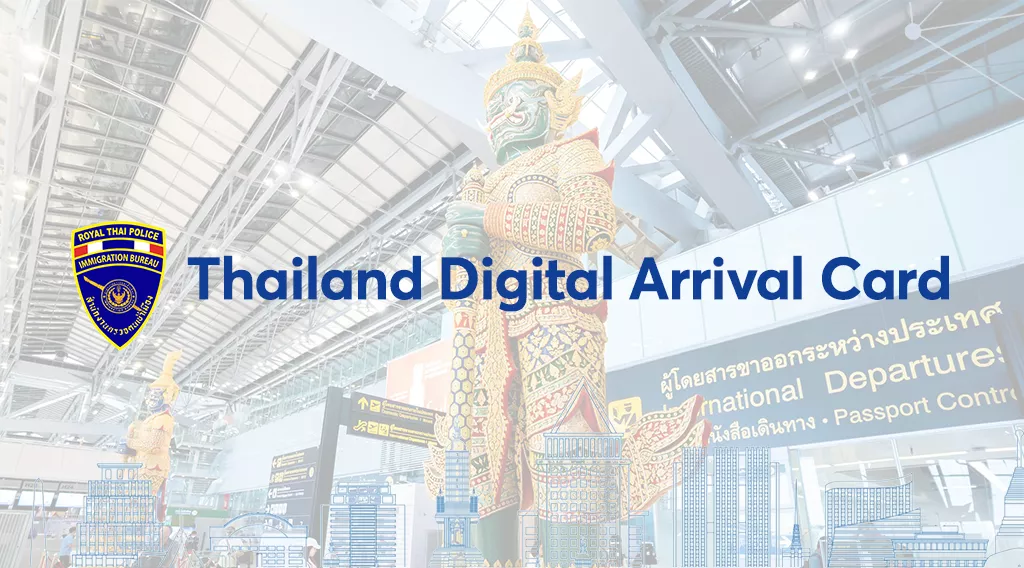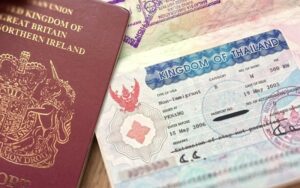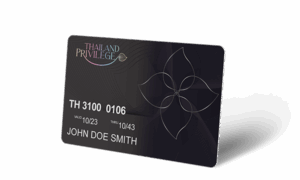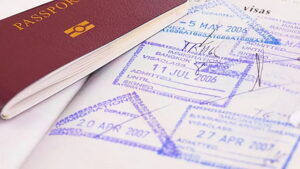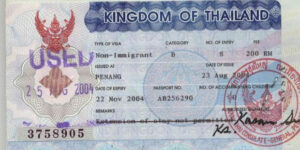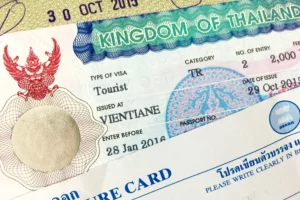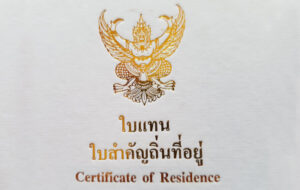The Thailand Digital Arrival Card is part of the country’s modernization of its immigration control system, designed to replace or complement the traditional TM.6 paper arrival and departure card. This initiative aligns with Thailand’s broader digital transformation efforts in border management, aiming to improve data collection, expedite entry processing, and enhance security screening.
While many travelers are familiar with filling out the small blue-and-white TM.6 card on the plane before arrival, the digital system changes both how the information is submitted and what happens to it once it is in the government’s system. This article explores the legal, procedural, and operational aspects of the Thailand Digital Arrival Card in depth.
1. Legal and Regulatory Basis
The arrival and departure card requirement stems from the Immigration Act B.E. 2522 (1979), particularly Section 6 and related ministerial regulations, which authorize the Immigration Bureau to collect traveler data for immigration control, statistical analysis, and national security.
The digital version of the arrival card has been developed under the authority of the Royal Thai Police Immigration Bureau, with support from the Ministry of Digital Economy and Society, enabling electronic data submission via secure platforms.
The move toward digital cards does not remove the legal obligation to provide entry and exit information—it simply changes the medium from paper to digital.
2. Purpose of the Digital Arrival Card
The system is intended to:
-
Streamline immigration processing by eliminating manual data entry from paper cards.
-
Enhance security through earlier background checks—data is received before arrival.
-
Improve accuracy by reducing handwriting interpretation errors.
-
Facilitate statistical reporting for tourism, labor, and migration policy planning.
-
Support contact tracing in public health emergencies (a role emphasized during the COVID-19 pandemic).
3. Transition from Paper to Digital
For decades, all foreign visitors and Thai nationals returning from abroad were required to complete the TM.6 paper card. However, in mid-2022, Thailand temporarily suspended the TM.6 requirement for many travelers to ease airport congestion as tourism resumed.
The Digital Arrival Card initiative is the next step—reintroducing the data requirement but removing the paper format.
4. How the Digital System Works
A. Pre-Arrival Submission
Travelers can submit their arrival card information before boarding their flight, ferry, or land transport to Thailand via:
-
An official mobile application developed by the Immigration Bureau.
-
Airline-linked online submission portals.
-
Partner travel agents or visa application centers.
B. Data Captured
Typical data fields mirror the TM.6 card requirements:
-
Full name, date of birth, nationality
-
Passport number and validity
-
Flight or vessel number
-
Address in Thailand (first night accommodation)
-
Purpose of visit (tourism, business, etc.)
-
Occupation
-
Contact details
C. Integration with Immigration Databases
Once submitted, the data is:
-
Linked to the traveler’s passport record
-
Checked against watchlists and immigration history
-
Available to immigration officers before arrival
5. Process at the Point of Entry
Upon arrival at a Thai airport, seaport, or land border:
-
The immigration officer scans the traveler’s passport.
-
The system automatically retrieves the pre-submitted data from the Digital Arrival Card.
-
The officer verifies the information and stamps the passport.
-
If the traveler did not pre-submit the card, they may be asked to:
-
Fill out the digital form at a kiosk
-
Complete a paper substitute (in early rollout phases)
-
This process reduces average processing time per traveler by eliminating manual typing of arrival card data.
6. Benefits to Travelers
-
Time Savings: Faster queues at immigration checkpoints.
-
Reduced Errors: Pre-filling allows travelers to double-check their details before submission.
-
No Paper Hassle: Eliminates the need to carry and store the TM.6 card for departure.
-
Easier Re-entry for Frequent Travelers: The system can retain profile data for faster future submissions.
7. Potential Challenges and Limitations
While the digital system offers efficiency, certain challenges remain:
-
Technical Access: Travelers without smartphones or internet access before arrival may still require alternative submission methods.
-
System Downtime: Airport immigration must maintain backup procedures for technical outages.
-
Data Privacy Concerns: Storage and sharing of traveler data must comply with the Personal Data Protection Act B.E. 2562 (2019) (PDPA).
-
Language Barriers: While the app is available in multiple languages, some users may face usability issues.
8. Role of Airlines and Travel Agents
Airlines play a critical role in promoting the digital system:
-
Encouraging passengers to complete the Digital Arrival Card before boarding.
-
Providing links or QR codes during check-in.
-
Integrating submission options into online check-in systems.
Travel agencies handling group tours may submit arrival card data in batch uploads for efficiency.
9. Compliance Obligations
The legal obligation remains that all arriving travelers must provide the requested immigration data. Failure to do so can result in:
-
Delays at immigration
-
Potential refusal of entry (in extreme non-cooperation cases)
-
Administrative fines if linked to misrepresentation
Under the Immigration Act, providing false information can result in prosecution, fines, and possible deportation.
10. Departure Procedures
In the paper TM.6 system, travelers presented the departure portion upon leaving Thailand. In the digital system:
-
The departure record is automatically matched to the arrival record in the database.
-
No physical card is needed.
-
The departure process becomes entirely passport-scan-based.
This reduces the common problem of travelers losing the paper departure card and facing delays at the airport.
11. Data Security and PDPA Compliance
The Personal Data Protection Act requires:
-
Lawful basis for collecting personal data (fulfilled under Immigration Act).
-
Secure storage and access control to immigration records.
-
Prohibition of unauthorized sharing with third parties except under legal authority.
The Immigration Bureau has stated that data from the Digital Arrival Card is:
-
Stored on secure government servers
-
Accessible only to authorized personnel
-
Used solely for immigration, law enforcement, and authorized statistical purposes
12. Practical Advice for Travelers
-
Submit early: Complete the digital card at least 24 hours before arrival to avoid delays.
-
Check details carefully: Errors in passport number or flight details can cause mismatches.
-
Save proof: Keep a screenshot or confirmation code in case of technical issues.
-
Verify your accommodation address: Immigration officers may ask for verification.
13. Implications for Frequent Travelers and Expats
For frequent visitors or residents with re-entry permits, the digital system:
-
May allow auto-population of details from previous trips.
-
Could integrate with long-stay visa reporting requirements in the future, streamlining TM.30 and 90-day reporting.
This opens the possibility of a single integrated immigration profile for foreign nationals.
14. Future Developments
The Thailand Digital Arrival Card is part of a broader e-border initiative, which may eventually include:
-
Full biometric entry/exit systems
-
Integration with ASEAN immigration databases
-
Automated clearance lanes for eligible travelers
Given Thailand’s position as a major travel hub, the success of this system will likely influence regional adoption of similar measures.
Conclusion
The Thailand Digital Arrival Card marks a significant modernization of the country’s immigration procedures, replacing decades-old paper processes with a streamlined, secure, and data-driven approach. While it introduces clear benefits for both travelers and authorities—such as faster processing and better data accuracy—it also requires adaptation by travelers, airlines, and immigration officers.
As with any legal requirement under Thai immigration law, the obligation to provide accurate entry and exit information remains unchanged. The only difference is that the process is now digital, which—if implemented carefully—can make entering and leaving Thailand smoother than ever.
